Jess Drinkwater, NIHR In-Practice Fellow in the University of Leeds Academic Unit of Primary Care and a GP in Bradford shares her tips on how involving patients and the public impacts primary care.
Patient and public involvement in general practice, in the form of Patient Participation Groups (PPGs), has existed since the 1970s. The stated aim is to involve patients in service improvement activities to ensure more patient centred general practice services.
I first got interested in PPGs when I tried to set one up in my GP training practice. There was very little information about how the group should be formed and what we should do. The first bit of advice I got from a GP was – “do not give them tea, you will never get rid of them if they have tea”. This was the tip of the scepticism iceberg about PPGs. But at the time PPGs came with financial incentives, so we got on with setting it up.
Our group completed a series of activities including organising local patient experience surveys (yes, this was a repeat of the national survey), arranging health promotion events, and discussing health related topics. As with any group there was a certain amount of storming and frustration. But there were also some great discussions – my favourite – why were patients’ end of life preferences not routinely asked, recorded, and shared with the hospital (a discussion started by two male, 50 year old, working class, patients)?
Despite this we never quite felt we were doing enough. I decided to find out what other groups were doing. I discovered that there were only 3 active groups locally. At this time PPGs had to publish an annual report, to get the extra funding. I collected these reports and found a large proportion were online groups, conducting online surveys, with no patient-patient interaction, often appearing to rubber stamp practice decisions. I asked NHS England how the funding was allocated, and (following a freedom of information request) discovered that 66% of general practices in the area had received the extra funding, despite only 3 active groups. How did this happen? The funding was given as long as the report was submitted on time and a survey had been completed.
Since April, PPGs are now part of core funding in the GP contract and the extra money has stopped. This represents stick without carrot. However, the contract is still low on direction (to allow patients to set objectives) and asks GPs to self declare activity. I’ve been told by GP colleagues that PPGs are a lot of work and do not achieve anything. This is not my experience. But contractual enforcement may result in a tick box attitude and the loss of the values underpinning patient involvement. Ultimately, PPGs are here to stay, so we need to find ways to work together. The potential benefits are patient centred service improvements (or at least improved conversations between patients and doctors). The potential consequences are resentment, frustration, and breakdown in patient-doctor relationships.
